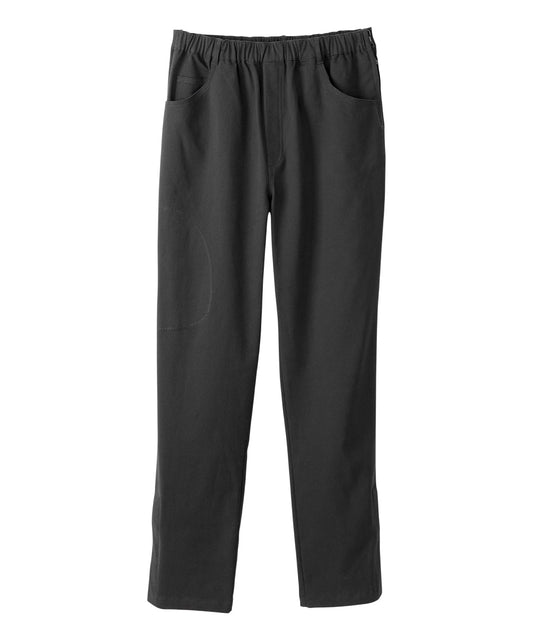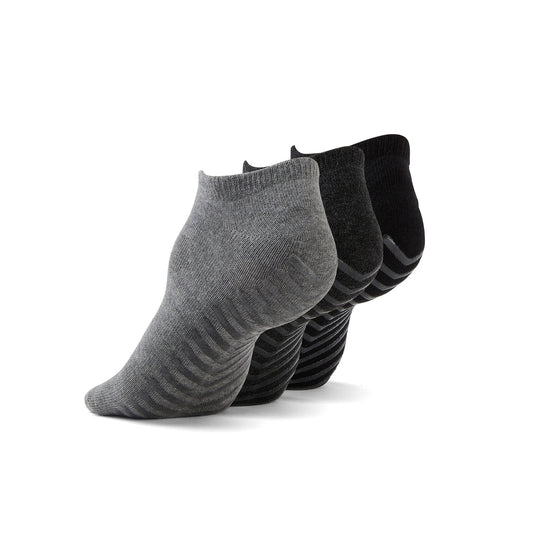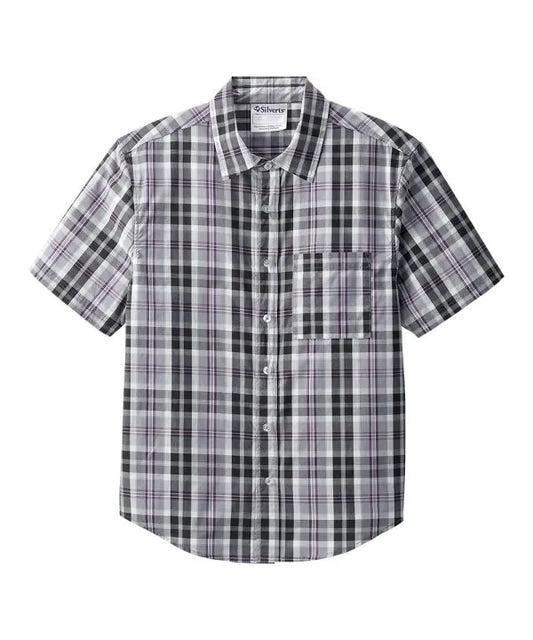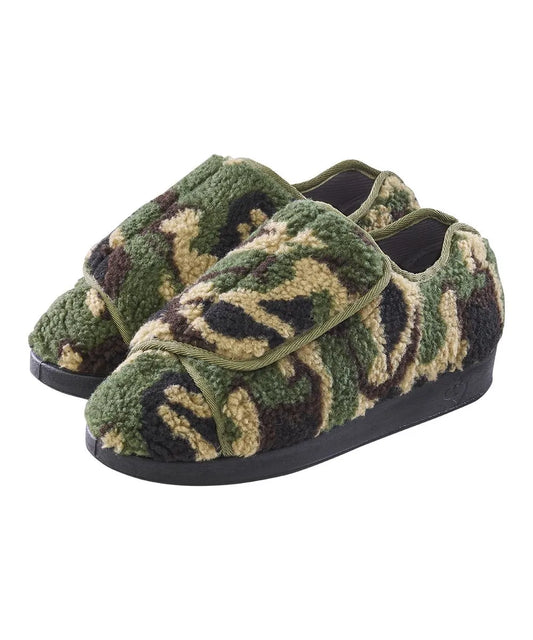Written by: Zuhair Augla
Adaptive fashion design is a revolutionary approach because fashion and function are fused to address people with different needs and abilities. The revolution happens in the field of fashion. The treatment of cloth and its utilization are of the utmost importance to fashion and clothing use.
Fabric is the best way clothing interacts with the human body, the environment, and even moods. It's the way reflective design responds to the needs of regular, everyday functioning and even more so for individuals who need adaptive clothing.
What are the best durable and comfortable clothing for adaptive wear?
In the context of adaptive wear, wear and tear and comfort are significant. Fashion designers mostly employ durable and comfortable clothes. Natural fibres like cotton are widely utilized because they can breathe and be comfortable against the skin. Cotton can absorb moisture and be of even temperature; therefore, it is the best choice for wearing clothing for a couple of hours. The natural softness of cotton in most adaptive clothing also finds its reinforcement with a novel clothing treatment, minimizing wear and tear and shrinking.
Men's Henley Shirt with Back Overlap

This is June Adaptive Henley shirt has a discreet back overlap, making it an excellent shirt to wear when going out with friends. Importantly, it is made primarily from cotton, which enhances comfort.
Another fabric becoming more commonly used in adaptive clothing is bamboo. Bamboo is legendary for being silky smooth and antibacterial; hence, clothing made from bamboo feels soft on the skin and very comfortable. Its water-wicking quality keeps the skin dry and comfortable, and its resilience keeps clothing intact even after washing. These are cellulose-regenerated fibres, and they feel natural and relaxed. With their extreme resilience and silky smooth texture, they find their best application in adaptive clothing, where firmness and relaxation must be blended. From the simple-dressing dress shirt to waist-high and even lower-body clothing for assist devices, such fibers speak for the respectful regard of the individual's experience.
How do people with sensory needs adapt to clothing?
For people with sensory sensitivities, cloth texture means everything regarding their happiness and comfort. In adaptive clothing, clothing has to be considered in light of the extreme emotional reactions of many individuals with sensory sensitivities. The too-rough tags on some of their clothing can be agonizing and even downright painful. Thus, there has been a practice of using clothes with a smooth and comfortable feel every single time.
Women’s Reversible Front Vest with Magnetic Closure

This is the June Adaptive reversible front vest with magnetic closure is an excellent choice for a cozy vest it is lightweight and has a poly quilted shell with a stylish foil printed super soft plush on the interior side for added warmth and comfort.
One of the primary objectives is to eliminate rough feel and add smooth forms where feasible. Fashion clothing is chosen for smooth faces, and fashion designers take extreme measures to eliminate anything causing friction. Processes such as enzymatic washing or utilization of fabric softener are generally implemented to eradicate stiffness and to provide a smooth feel. The processes facilitate clothing flow against the skin without causing a rough feel and irritation.
Fibers that are soothing on the air space and the skin, keep the skin comfortable. This happens very well with adaptive clothing, which can be on for several hours. Materials like quality cotton, bamboo, and specialty blends are designed for moisture and temperature transfer. This process results in a comfortable garment from the beginning and wearing it for the entire day. It minimizes over-stimulation and has a soothing feel. Adaptive clothing for people with sensory sensitivities also includes clothing with non-allergenic material. Natural firer such as cotton and bamboo are not very likely to cause allergic reactions. When hypoallergenic processed, they lower the likelihood of irritation even more. Being choosy with these materials ensures every detail of clothing works towards a soothing and pleasant experience, and adaptive clothing becomes the best solution for people who feel uneasy with regular clothing.
What material does adaptive clothing use?
Choosing fabric for adaptive clothing is more of a balancing act between looks, use, and individual requirements. There isn't a simple solution for what to use, there are, however, some of them more commonly practiced in the field of adaptive clothing. Natural fibre like cotton has been very sought after because of its easy usage and availability. Cotton has also been very prevalent for its smooth texture and ventilation, which are properties of utmost significance for casual wear clothing. Its versatility even becomes more pronounced when blended with other fibres, giving clothing its natural advantage and adding extra resilience and flexibility. Synthetic fibres with adaptive wear are also produced. Polyester and other performance blends generally blended with spandex, stretch, and spring-back, best, and hence are of utmost importance for clothing with changing body movement. Made for wear and washing repeatedly without degradation of shape and function, they are best for people with adaptive clothing needs on a regular, everyday scale. Using such age-era material indicates a greater movement of the fashion industry towards hi-tech clothing where fashion and function interact.
Kid's Blue Multi Anti-Slip Socks (4 pairs)

This is the June Adaptive Kid's blue anti-slip socks are made with cotton, polyester, and spandex, making them durable no matter how many times you wash it.
Why Fabrics Are Important in Clothing?
Fabrics are central to apparel, creating design, function, and comfort. In adaptive apparel, fabric function takes on even more importance. It is not simply a matter of covering the body but of choosing material that improves the wearer's quality of life. The performance of clothing is determined by the weight, texture, stretch, and breathability of the fabric. The appropriate selection of fabrics makes garments that feel like a second skin, providing support along with freedom of movement.
Functional apparel starts with function, and the fabrics used must promote ease of dressing and undressing. They must be soft, pliable, and durable to allow for magnetic closures adjustable parts, and still be stylish. This marriage of fabric and design sets adaptive apparel apart from everyday apparel. The sustainability and longevity of clothing rely on fabrics. Durable materials withstand washing and wear and tear, optimizing longevity and minimizing replacement needs. This is both to the wearer's advantage and also for environmental sustainability. In adaptive clothing, using adaptable, durable materials is critical to meet functional and ecological goals.
Fabric properties determine the garment's cut, construction, fit, and finish. The fabric has a significant role in adaptive clothing, greatly impacting the wearer. Designers can create clothing that enhances lives by prioritizing fabrics that balance comfort, durability, and aesthetics.
What Is the Importance of Textiles in Fashion Design?
Textiles are central to fashion, merging art, science, and function. They allow designers to be innovative and solve functional issues, especially in adaptive apparel, where textiles must marry innovative design with the wearer's requirements.
Textile design is all about innovation. New fibers, better materials, and high-tech treatments have transformed fashion. Textiles offer designers a broad spectrum, ranging from natural fibres to high-tech synthetics created for hostile environments. Such variety allows necessary adaptation in adaptive garments, each fitted to the needs of its individual wearer.
Fashion design is strongly correlated to fabric selection. The designer's aesthetic direction depends upon the material's properties, colour, and texture. Adaptive fashion design is more complex. Designers must weigh looks against usability. This demands an understanding of textile science and a willingness to use new materials that blend aesthetics with practicality.
The result is a field where art and technical skills merge to create innovative, beautiful clothing. Textiles are very significant in sustainable fashion. With growing environmental awareness, the majority of designers are moving in the direction of green materials and processes. Eco-friendly fibres, recycled materials, and sustainable production processes are gaining greater relevance. Eco-friendly materials in adaptive clothing provide both comfort and durability and are good for the environment. This aspect of sustainability appeals to those customers who are bothered about the sustainability of their garments. Textiles in fashion design transform fabric into functional art. Adaptive clothing, enables designers to tackle challenges, innovate, and celebrate diversity. The intersection of technology, creativity, and functionality in textile design moves adaptive fashion from a niche to a forward-thinking trend in fashion.
Conclusion
Adaptive apparel fabric is more than a background; it is essential to garment function. Fabric choice for comfort, durability, or sensory needs plays a significant role in the physical and psychological well-being of the wearer. Natural fibers, including cotton and bamboo, synthetic blends, and regenerated fibers like modal, each play a vital role in adaptive clothing.
Adaptive apparel depends on each design component satisfying the users' needs. For fashion, textile combines artistry with technical competency, allowing the designer to construct expressive yet usable clothing. The adaptive apparel industry is evolving, and textile has emerged as central to its success. Textile science and sustainability innovations promise a future in which adaptive apparel combines function and fashion with creative solutions for everyday life.
The study of fabric in adaptive fashion design shows the strength of inclusive design, celebrating comfort, durability, and the integration of function and art.















